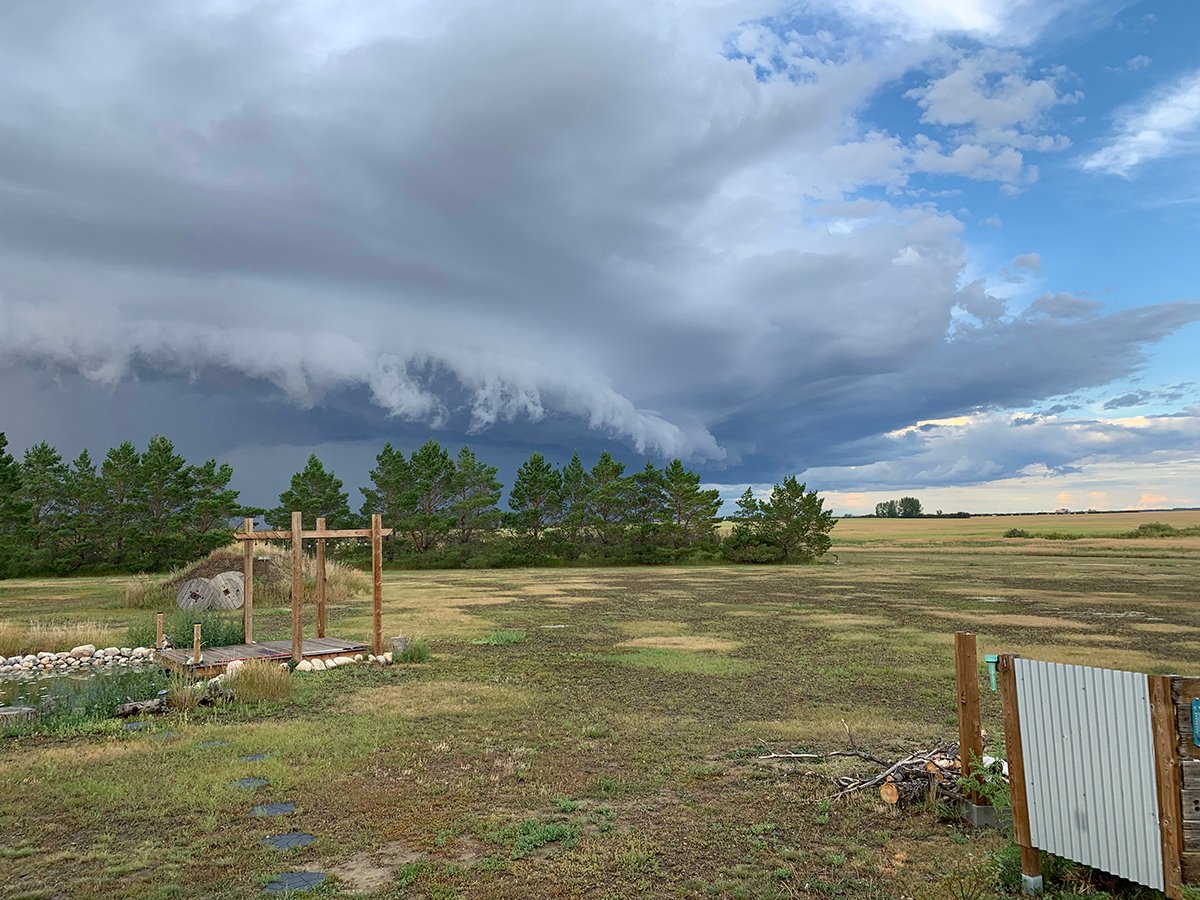For two decades, whether working as a Senate agriculture committee researcher or as a farm lobbyist, Sally Rutherford has wrestled with the issue of pesticide registration, availability and cost.
It is starting to get her down, the Canadian Federation of Agriculture executive director recently told MPs.
“Nothing’s changed,” she said during an appearance before the Commons agriculture committee to discuss the record of the Pest Management Regulatory Agency. “It drives me nuts, just as I’m sure it drives many other people nuts.”
Rutherford had listened to PMRA executive director Claire Franklin insist that the agency is making progress at getting new products evaluated and onto the market faster.
Read Also

Storm dynamics and extreme rainfall
Besides moisture, instability and orographic lift, the next biggest factor that contributes to heavy or extreme rainfall is storm dynamics.
The claim frustrates Rutherford, she said, because the agency can count only product applications that are made formally. It cannot take into account applications that are not made because the system is too costly or cumbersome.
Each application not made is a chemical Canadian farmers do not have access to, even if their American competitors do.
The possibility of higher registration or maintenance fees to meet the agency’s deficit discourages companies from applying to register products.
And while the government insists progress is being made in harmonizing standards and procedures to allow joint applications in the two countries, Rutherford said it remains a myth.
“It’s very true companies are now looking at the Canadian market as not being a Canadian market but part of a North American market,” she said.
“The truth is, though, we have a completely different registration system so while they see one market, they have to go through two processes.”
And with lower registration and maintenance fees in the U.S., companies are tempted to win approval for that rich market and to forget about Canada’s smaller potential.














